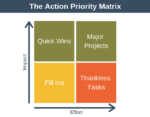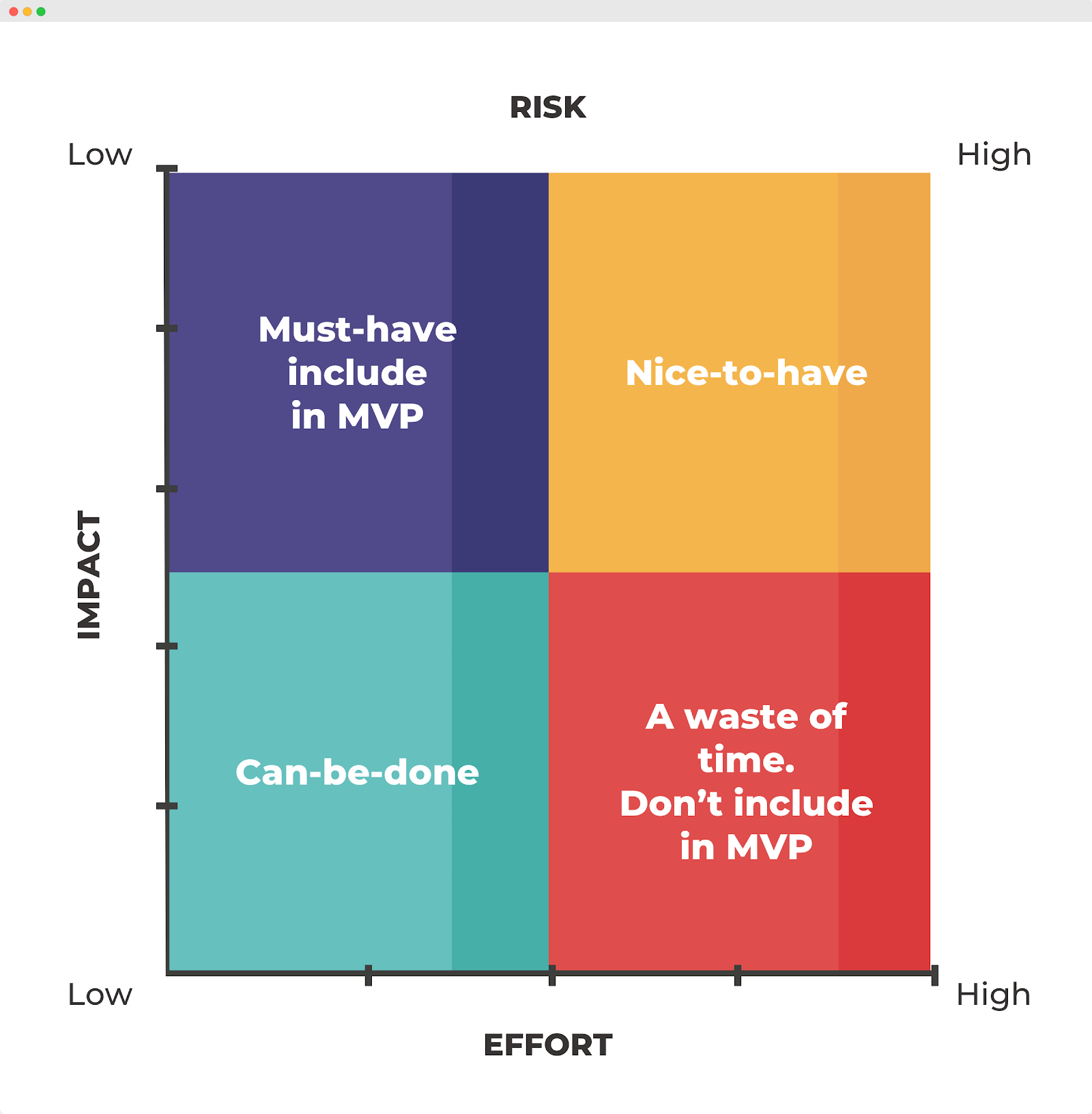
If the right steps aren’t taken now, the breakthrough goals become impossible to achieve. By creating the X-matrix collaboratively and giving everyone the same view of success, leaders help improve communication and get every person, team, and department rowing in the same direction. The measurement section gives people a way to see how incremental improvements pay off by addressing both short and long-term needs.Ĭross-functional collaboration isn’t easy, but it is necessary for solving the most challenging problems and eliminating roadblocks to success. The Hoshin Kanri approach, when supported by an X-matrix, helps break down objectives into manageable parts that people can get to work on today. It is difficult to create an emotional connection with a goal that seems like it’s a long way off or too big of a hurdle to tackle. A well thought out X-matrix requires the involvement of multiple stakeholders, giving lots of people the opportunity to help determine how the team will navigate toward True North. Most leaders have a good idea of what the breakthrough goals ought to be, but the process of filling in the other sections of the tool can be very revealing. The process of creating the X-matrix can be used to develop the strategy itself. The far-right side of the X-matrix is used to put a name to each metric, improvement project, and objective.Īlthough the design of an X-matrix is relatively straightforward, this visual approach to strategy deployment is potent.

The key performance indicators that give you insight into progress toward goals are listed in the right quadrant.Īccountability and ownership are essential components of strategy deployment. You’ve identified the goals and opportunities for improvement, now it is time to decide how success will be defined. Metrics to Measure and Targets to Improve (Right Quadrant)

This is one more step in cascading the breakthrough objectives down into immediately actionable items. These opportunities are aligned with a yearly objective. In this area of the matrix-specific opportunities for improvement are listed. The design of the matrix lets you connect each annual goal to the breakthrough objective that it supports.Īnnual Improvement Opportunities and Priorities (Top Quadrant) Here’s where you’ll identify the shorter-term goals that are necessary to reach the breakthrough objectives. There shouldn’t be too many, but they are central to the future of the organization.

This section contains the key strategic goals that are to be achieved within the next three to five years. The layout of the matrix helps define the relationships between each of them.īreakthrough Objectives (Bottom Quadrant) X-Matrices are visualization tool made up of five sections. If you are looking for help making sure that your organization arrives at “True North,” an X-Matrix might help. Too often, the strategic plan gets lip service but little else. Effective strategy deployment isn’t easy. The methodology is effective because it allows leaders to keep their eye on the long-term objectives that will change the game, without losing sight of the day-to-day improvements that can add up to significant benefits. Hoshin Kanri, sometimes called "strategy deployment", is an approach that helps companies achieve breakthrough goals over a three to five-year time horizon.


 0 kommentar(er)
0 kommentar(er)
